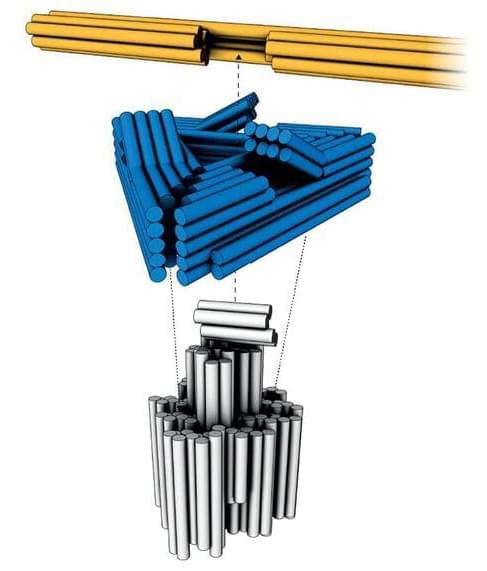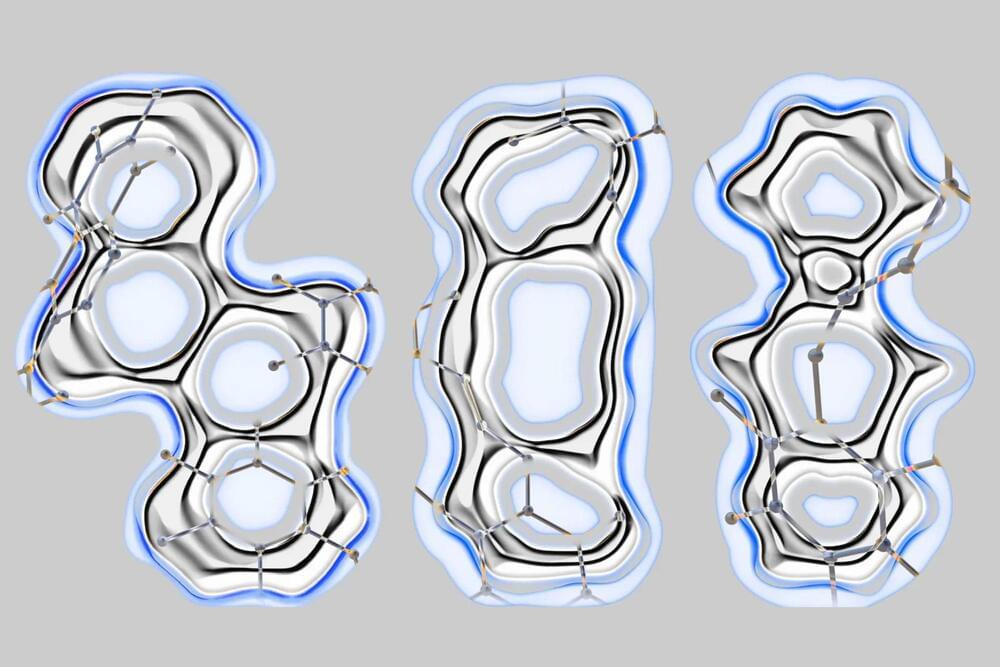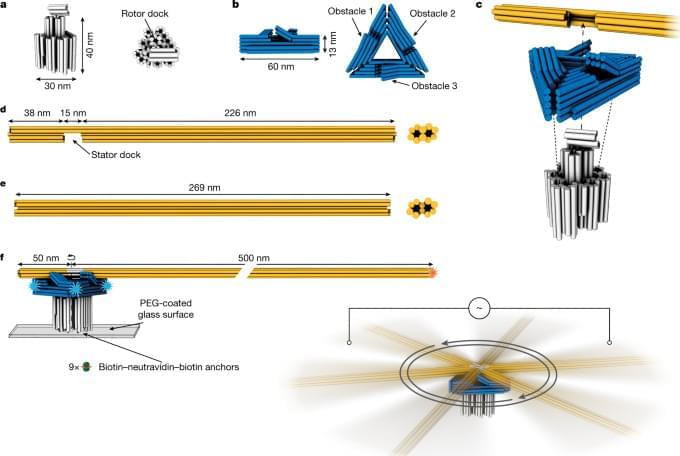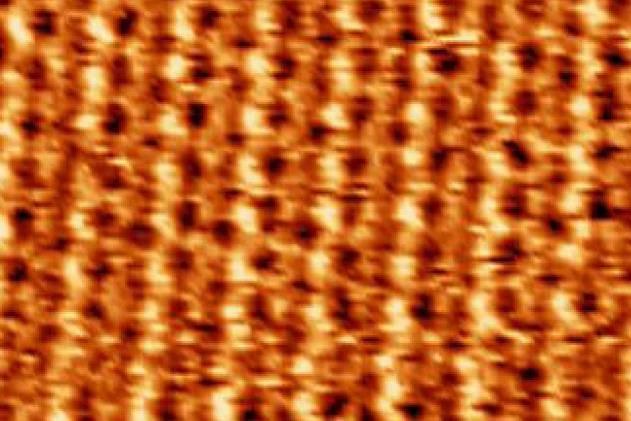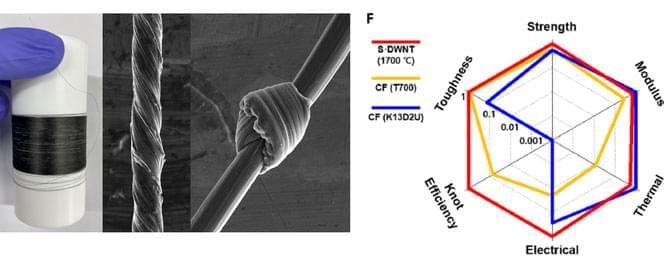Jul 22, 2022
First self-assembling DNA nanomotor runs on electricity
Posted by Saúl Morales Rodriguéz in categories: biotech/medical, nanotechnology
Researchers at the Technical University of Munich (TUM) have developed the world’s first electric nanomotors made of DNA. The self-assembling structures can be activated by an electric charge to spin a ratcheting rotor arm.
The tiny motor was made using a technique called DNA origami. Like its namesake papercraft, the method involves intricately folding strands of DNA into three-dimensional shapes, with past examples including virus traps, immune-evading drug delivery systems, and even microscopic Van Gogh replicas. These structures are made by carefully selecting DNA sequences that will fold and attach to each other in certain ways, so researchers can add specific strands to a solution and let the DNA objects assemble themselves.
For the new study, the team used this process to make a molecular motor out of DNA for the first time. The motor consists of a rotor arm measuring up to 500 nanometers (nm) long, which is mounted on a base about 40 nm high that’s fixed to a glass plate. Wrapped around the tip of the base, just below the rotor, is a platform with several ratcheting obstacles built into its surface, which controls the direction that the rotor can spin.
